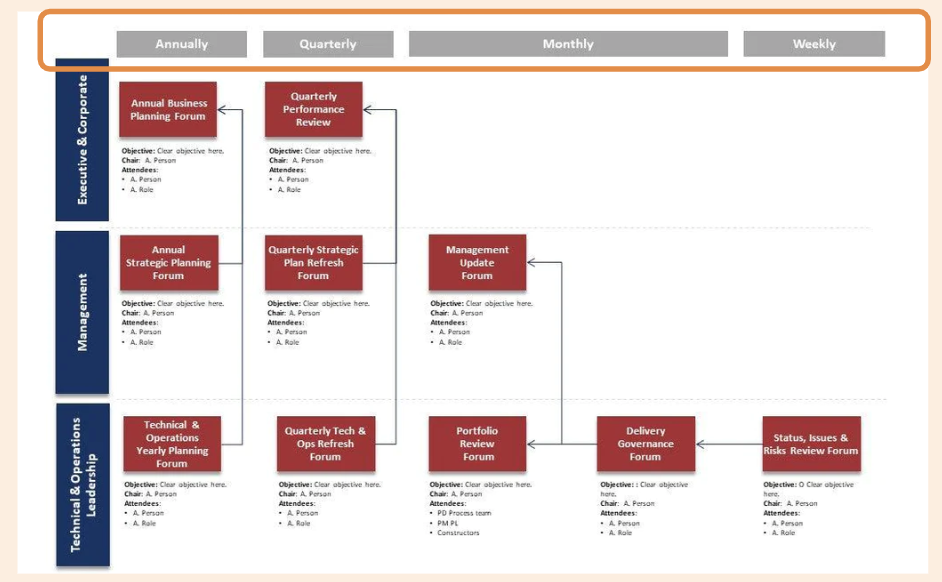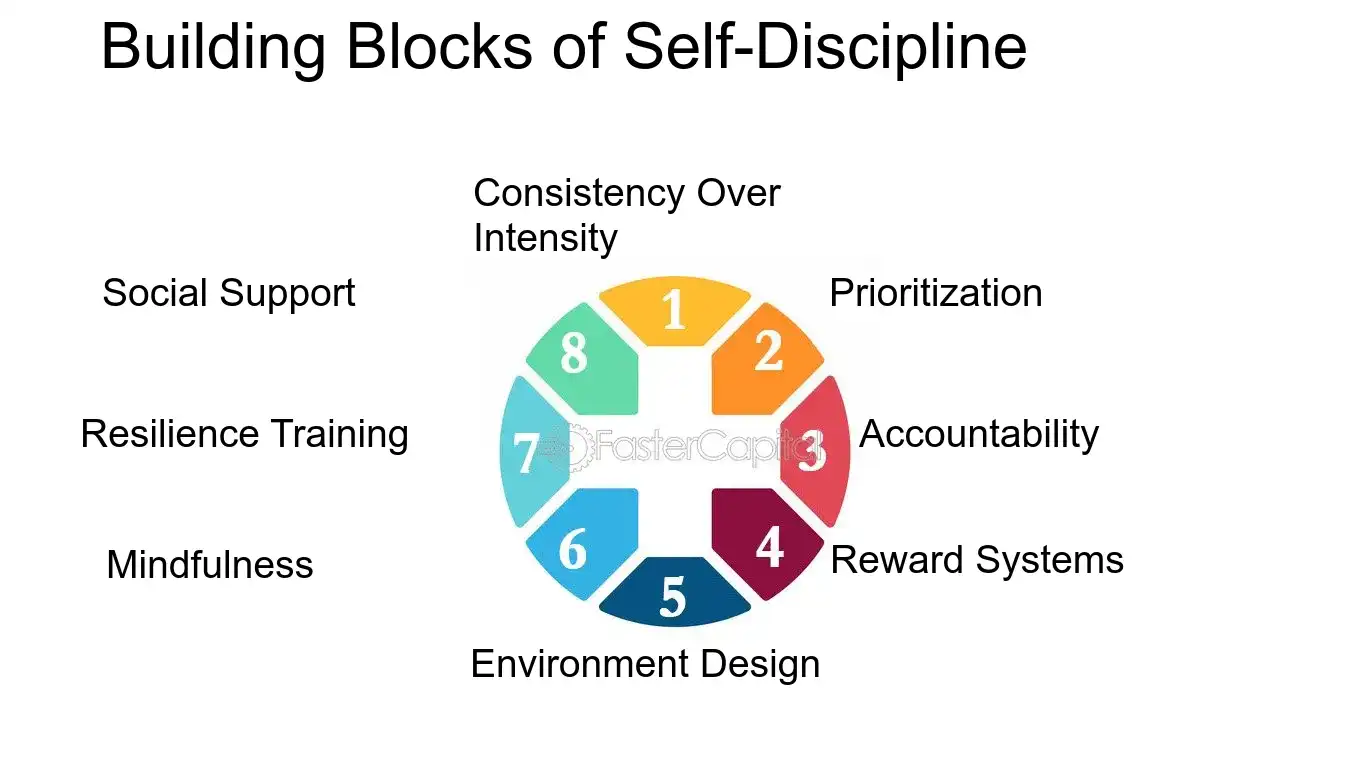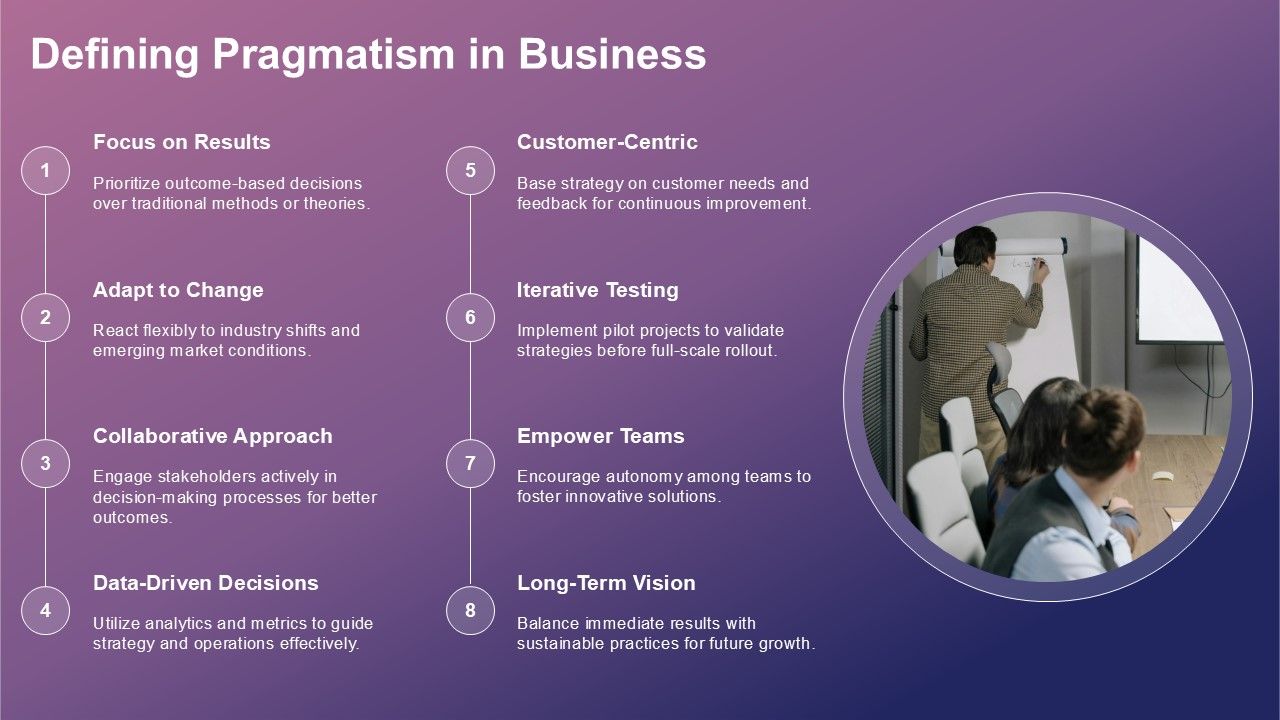Every successful organization—big or small—runs on patterns. Some patterns are obvious: quarterly reports, monthly invoices, weekly team meetings. Others are subtler: how decisions are handed off, when stakeholders are consulted, or how momentum is built and maintained across projects. Together, these patterns form an organization’s business rhythm and cadence—the deliberate timing and structure that align people, processes, and priorities. In this article we’ll explore what business rhythm and cadence are, why they matter, how to design and measure them, common pitfalls, and a practical roadmap to implement them in your organization.
What Is Business Rhythm and Cadence?
Business rhythm refers to the repeating cycles of activities that keep an organization functioning—think daily stand-ups, weekly sales reviews, monthly financial closes, quarterly strategy sessions, and annual planning. Cadence is the pacing and sequencing of those rhythms: how frequent they are, how they interlock, and how they escalate or decelerate over time.
Key elements that define rhythm and cadence
- Regular rituals (meetings, reviews, retrospectives).
- Decision points (when approvals or escalations occur).
- Measurement loops (KPIs, dashboards, reports).
- Communication patterns (updates, feedback cycles).
- Planning cycles (short-term sprints and long-term roadmaps).
These elements create predictability and accountability, which are essential for scaling work, avoiding chaos, and preserving capacity for high-value decisions.
Why Business Rhythm and Cadence Matter
1. Creates Predictability and Reduces Cognitive Load
When teams know what happens when, they spend less time wondering and more time executing. A predictable rhythm reduces ad-hoc interruptions and the mental overhead of constantly reprioritizing.
2. Aligns Strategy with Execution
A strong cadence ensures strategic objectives are translated into operational priorities. When planning, review, and measurement cycles are connected, leaders can see early whether strategy is working—and adjust before small issues become crises.
3. Improves Accountability and Ownership
Regular checkpoints make responsibilities visible. When deliverables are tied to recurring meetings and dashboards, it’s easier to hold people accountable without micromanaging.
4. Accelerates Learning and Continuous Improvement
Feedback loops built into cadences—like sprint retrospectives or monthly performance reviews—encourage fast learning. Teams can iterate on both product and process, improving outcomes over time.
5. Enables Scalable Growth
As organizations grow, ad-hoc coordination breaks down. Well-designed rhythms scale with growth: they let dozens or hundreds of people coordinate without endless meetings or lost context.
Designing Effective Business Rhythms: Principles to Follow
Principle 1 — Start with Purpose
Every rhythm must have a clear purpose. Ask: Why does this meeting/report/cadence exist? What decision will it enable? What behavior should it reinforce? If you can’t answer those questions succinctly, reconsider the cadence.
Principle 2 — Keep It Lightweight and Outcome-focused
Rituals should drive outcomes, not consume time. Use agendas, timeboxes, and pre-read materials. Replace status-heavy sessions with dashboards and reserve synchronous time for decisions and alignment.
Principle 3 — Ensure Vertical and Horizontal Alignment
Cadences should connect vertically (team → department → executive) and horizontally (between cross-functional teams). A mismatch—e.g., weekly tactical meetings with no monthly strategic sync—creates fractures.
Principle 4 — Make Data Visible and Actionable
KPIs and dashboards should be accessible and understandable. Good cadence pairs results with next steps: share data, highlight gaps, assign owners, and create clear follow-ups.
Principle 5 — Build in Flexibility
Not every rhythm needs to be rigid. Build exceptions for special projects, seasonality, or crisis response. But document when and how cadence can change.
Core Cadences Every Organization Needs (and Why)
Daily: Tactical Stand-ups
Purpose: Remove blockers and sync immediate priorities.
Best practice: 10–15 minutes, focused on impediments and immediate actions.
Weekly: Team Planning & Progress Reviews
Purpose: Coordinate deliverables across the week, identify risks, and align resources.
Best practice: Include short status updates, a quick review of key metrics, and 1–2 agenda items for problem-solving.
Monthly: Operational Review
Purpose: Assess performance against KPIs, reallocate resources, and escalate issues.
Best practice: Use a consistent dashboard; reserve time for root-cause discussion on any variance.
Quarterly: Strategy, OKRs, and Prioritization
Purpose: Revisit strategy, set or adjust objectives (e.g., OKRs), and plan major initiatives.
Best practice: Combine data review with cross-functional planning sessions and stakeholder alignment.
Annual: Visioning and Budgeting
Purpose: Set long-term direction, budgets, and major roadmap bets.
Best practice: Use scenario planning and incorporate learnings from quarterly reviews to inform long-term choices.
How to Build a Cadence That Actually Works — Step-by-Step Roadmap
Step 1 — Map Current State
List all existing meetings, reports, and rituals. For each item, document: frequency, duration, attendees, purpose, outputs. This creates a baseline for pruning and redesign.
Step 2 — Identify Gaps and Redundancies
Look for duplicate meetings, unclear owners, or rituals that produce little action. Prioritize consolidating or eliminating low-value cadences.
Step 3 — Define a Minimal Viable Cadence (MVC)
Start with the smallest set of rhythms that will deliver alignment and accountability. An MVC might include: daily standups, weekly team reviews, monthly KPI reviews, quarterly strategy sessions, and an annual planning retreat.
Step 4 — Standardize Templates and Roles
Create meeting agendas, pre-read templates, and clear role definitions (e.g., facilitator, timekeeper, scribe, decision owner). Standardization reduces friction and improves focus.
Step 5 — Equip Teams with Tools and Data
Provide accessible dashboards and collaboration tools that reflect the cadence. Automate routine reports where possible to avoid manual status updates.
Step 6 — Pilot, Learn, Iterate
Roll out the MVC in one department or cross-functional pod. Gather feedback, measure impact on decision speed and quality, and iterate.
Step 7 — Scale and Embed in Culture
Once validated, scale the cadence across the organization. Reinforce through onboarding, leadership modeling, and performance reviews.
Measuring the Effectiveness of Your Rhythm and Cadence
Quantitative indicators
- Decision velocity: average time from issue identification to resolution.
- Meeting load: number and average duration of recurring meetings per team.
- Delivery predictability: percent of deliverables completed on time.
- KPI trend alignment: correlation between KPIs and strategic initiatives.
Qualitative indicators
- Meeting quality feedback: participant ratings on usefulness and clarity.
- Stakeholder alignment: perceived clarity of priorities across teams.
- Employee engagement: are people less stressed and more focused?
Regularly review both quantitative and qualitative signals. If meetings are frequent but decision velocity remains low, cadence design—not frequency—is likely the problem.
Common Pitfalls and How to Avoid Them
Pitfall 1 — Mistaking Activity for Progress
Many organizations confuse busy calendars with momentum. Avoid this by demanding decision-focused outcomes for every recurring session.
Pitfall 2 — Overloading Teams with Meetings
Too many overlapping cadences exhaust teams. Trim calendars by consolidating updates into dashboards and reserving synchronous time for decisions.
Pitfall 3 — Poorly Defined Ownership
If meeting owners aren’t empowered to make decisions or enforce actions, cadence becomes a status exercise. Ensure decision rights are explicit.
Pitfall 4 — Ignoring Cross-functional Dependencies
Cadence that’s purely vertical can create handoff friction. Build horizontal touchpoints at key decision junctions.
Pitfall 5 — Rigid Cadence During Change
During growth or crisis, rigid cadences can hinder adaptability. Define rules for when cadence should accelerate (e.g., crisis standups) or slow down (e.g., deep work periods).
Leadership’s Role in Sustaining Rhythm and Cadence
Leaders model cadence by attending the right meetings, making timely decisions, and respecting the sanctity of focused work. They should:
- Sponsor cadence design—provide resources and champion adoption.
- Empower owners—clarify decision-making authority.
- Review metrics—use cadence outputs to inform strategy.
- Protect deep work—limit unnecessary interruptions and meeting overload.
Effective leaders treat cadence as a leadership competency—an essential skill for orchestrating complex organizations.
Cultural Impact: Rhythm Shapes Behavior
Cadence isn’t only operational; it’s cultural. A culture with strong, healthy rhythms is typically:
- More transparent (data and decisions are visible).
- More responsible (ownership is clear, follow-ups happen).
- More resilient (issues are surfaced early, learning is baked in).
Conversely, erratic or invisible cadence breeds reactive firefighting, silos, and burnout. Intentional rhythm cultivates trust and psychological safety: when people know how and when to raise concerns, they’re more likely to do so.
Quick Toolkit: Templates & Practices You Can Adopt Today
- One-page meeting agenda: purpose, timebox, 3 top priorities, decisions needed, parking lot.
- Weekly scoreboard: 5–7 KPIs updated automatically and reviewed in 10 minutes.
- Decision register: who decided what, when, and why—helps institutional memory.
- 90-day planning loop: align quarterly OKRs with monthly reviews and weekly execution.
- Meeting hygiene checklist: start on time, no devices during decision moments, clear action items.
Example — A Simplified Cadence for a Product Team
- Daily (15m): Stand-up—blockers, commitments.
- Weekly (45m): Sprint planning and backlog grooming.
- Monthly (60m): Product KPI review + customer feedback summary.
- Quarterly (half-day): Roadmap alignment with sales and marketing.
- Annually: Strategic roadmap and resource planning.
This example shows how layered cadences—daily through annual—connect execution to strategy.
Conclusion: Rhythm as a Competitive Advantage
Business rhythm and cadence are not administrative frills; they are the operating system of an organization. When designed with purpose and discipline, cadence reduces friction, accelerates decision-making, aligns teams to strategy, and embeds continuous learning. If you want your organization to move faster, make better decisions, and scale without losing coherence, start by mapping your current rhythms, pruning what doesn’t add value, and building a minimal set of cadences that connect ground-level execution to long-term strategy.
Frequently Asked Questions (FAQ)
1. How quickly should I expect results after changing cadence?
Improvements in clarity and meeting efficiency can appear within weeks, but meaningful changes in delivery predictability and cultural shift often take 3–6 months of consistent practice.
2. Can a small startup benefit from formal cadence, or is it only for large organizations?
Startups benefit even more from lightweight cadence because predictability and alignment are critical as teams scale. The goal is minimal structure that preserves agility.
3. What tools help enforce and measure cadence effectively?
Collaboration platforms (for agendas and notes), project management tools (for tracking deliverables), and BI dashboards (for KPI visibility) are common. The toolset should map to your cadence—not the other way around.
4. How do we balance cadence with the need for deep, uninterrupted work?
Protect blocks of time labeled as “focus time” and avoid scheduling recurring meetings during those windows. Leaders should model and enforce focus periods.
5. Should every team have the same cadence?
No. Cadence should be fit-for-purpose. Core organizational rhythms should align across teams, but the details (frequency, length) will vary by function and context.
6. How do we know if a meeting or ritual should be removed?
If a ritual’s outputs don’t lead to decisions, actions, or measurable improvements for several cycles, it’s a candidate for removal or redesign.
7. How do we handle urgent issues that fall outside the established cadence?
Define an escalation protocol separate from regular cadences—e.g., emergency standups or an incident response team—to handle high-priority disruptions without derailing normal rhythms.



